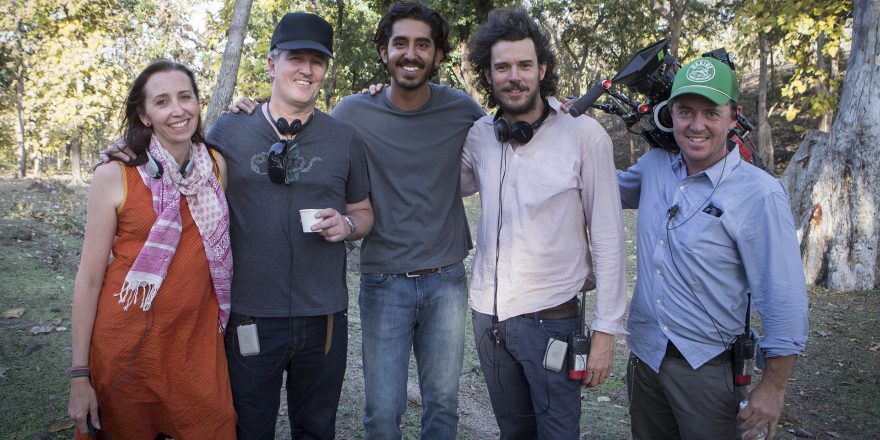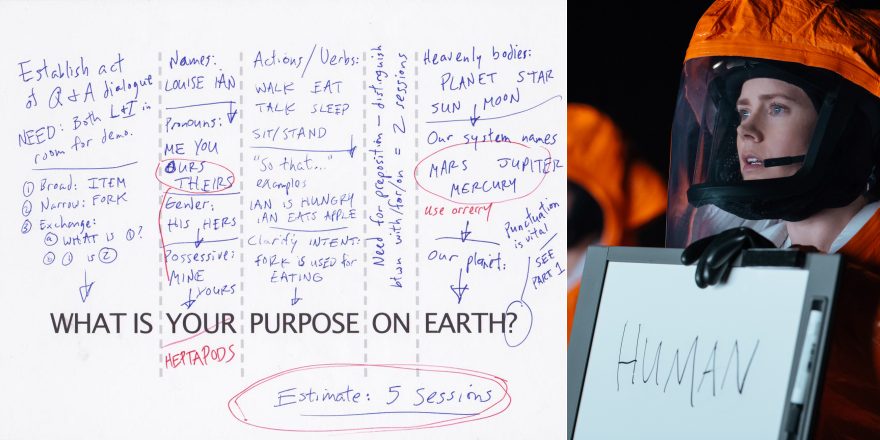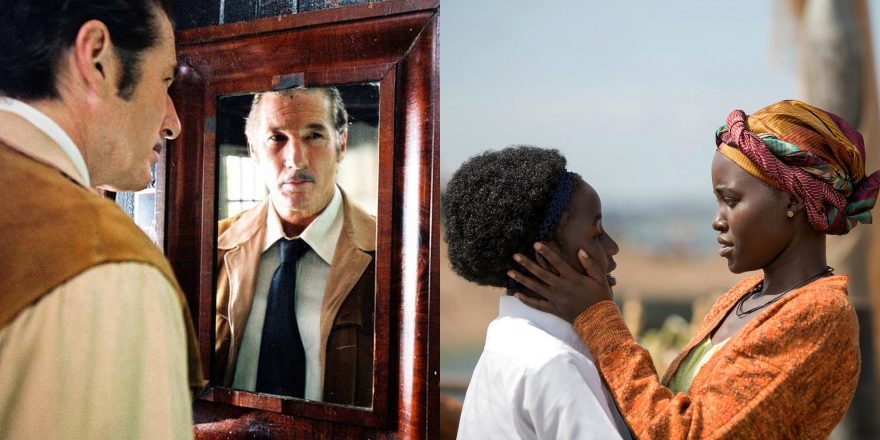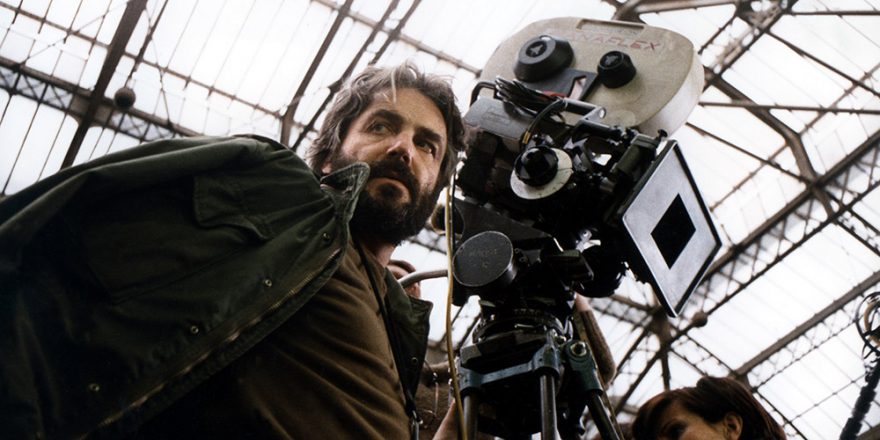Being a poet has been the defining quality of my life – my vocation, my passion, my world, the deep centre of my consciousness. And yet at a certain point in my life, I decided it would be good to be able to pay the rent on a more or less regular basis.
Fortunately cinema – the good stuff, the films you live and breathe for – is nothing if not celluloid poetry. So when my novel Candy was published, I saw a split-second of opportunity and leverage. “Yes, you can option this book,” I said to the producer Margaret Fink. “But only on the condition that I have a crack at writing the first draft of the screenplay.”
We agreed that if I was no good, she would move along to another writer for the second draft. That didn’t happen. I carved my own learning curve. It wasn’t easy, financing a dark, doomed romance about heroin addicts. I stumbled along for five years, chipping away at the script before Heath Ledger read it and said he wanted to do it. At that point, the film virtually financed itself.
So I found my way into this other, this celluloid, world of poetry, where you didn’t just write small dense clusters of words in the cave of your happy solitude. In film, you didn’t just labor over a single poem for a day or a month, you had to play with others. You learned to let go to the complex, endlessly shifting processes and needs of the producers, and ultimately to the vision of the director. If you were lucky, you would go through this journey with fundamentally good people. If you were lucky, the journey would be not just benign, but enriching. You would experience piercing moments of gratitude.
I moved to Los Angeles: if I was to play with others, I wanted to test my fortunes where there was the highest percentage of “others” getting actual things done. The first five years were often bewildering, in the sense that most months I was still wondering how I would pay next month’s rent. (I had one consistent backup job, as film critic for The Monthly, a magazine back in Australia.)
Slowly, things turned. I won a poetry prize in Australia and cleared my credit cards. I renewed my connection with the other Candy producer, Emile Sherman, who had gone on to form See-Saw Films with Iain Canning and to produce The King’s Speech. I wrote a screenplay called Life, which Anton Corbijn made.
Then Lion arrived in my world. I’ve tried to approach my screenwriting life as a poet, since that is what I knew, and since life, after all, is so short. (For example, I had envisioned Life – which charts a few weeks in the lives of James Dean and the Life magazine photographer Dennis Stock – as a kind of simple poem, a philosophical buddy movie, a road movie about male friendship and mortality.) But when I read A Long Way Home, Saroo Brierley’s harrowing and triumphant true-life story of loss and reunification that was to become our film Lion, my heart leapt: here was a story that felt not just like a poem, but a mythic fable too.
In his book The White Goddess, the great Robert Graves wrote that, to act with clarity in a poetic sense, to create works that are not just coherent but that might touch on a deeper consciousness, the poet must “learn to think mythically as well as rationally.” In screenplays, there’s a lot of rational “process”: you’ve got to somehow make thousands of moving parts fit together up front, in a way that will help directors, actors, producers, production designers, composers, cinematographers and editors all perform a mammoth and complex series of interlocking tasks. And you all hope the stars will line up and the end result will be a “good” film audiences want to see – as well as something that will result in you gaining further employment.
A lot of rational process, yes. But Saroo Brierley’s story was something more. It radiated primal power and simplicity, and felt to me like some tale that went back to the earliest origins of storytelling, of human emotions: reunification with the lost mother. We all shared one profoundly existential formative experience. We knew, deep in our bones, the utter vulnerability of the newborn infant. We knew that the need for safety and security was the need for wholeness. Little Saroo lost that safety; the film would be his interrupted journey to reclaiming it.
In that mythic sense, the story felt so old. And yet, there was this other aspect: at no time in the history of human civilization, until precisely 10 years ago when Google released their app Google Earth, could this story have even happened.
The best poetry helps us investigate the question of how we should live and act and love in the face of the onslaught of time.So it was a new myth, too.
I wanted to find a way to make the technological mythological, without losing contact with the essential emotional intensity of Saroo’s decades-long journey from trauma, through suppression, to redemption.

Early on, I developed the passionate belief that this story was so pure and elemental that we might be able to tell it, not in the expected way (open with the star actors, establish something of their context, create an incident, then loop back to the beginning of the story and the child actors) but in a much simpler fashion. “Let’s start,” I suggested to the producers and to Garth Davis our director, “literally at Saroo’s moment of catastrophe … a five-year-old child stepping up onto a train carriage. A singular moment from which his life and destiny changes.”
The purity and simplicity, I argued, would hold the film up: it could bear its own weight, without bombast, without sentimentality, without structural tricks. I knew that my argument went against basic film financing logic: See-Saw were in the business of making commercially viable films on an international stage, and I was suggesting to them that we begin our film with a five-year-old non-professional actor speaking in Hindi with English subtitles for the first 50 minutes.
To my joy, they supported the idea. “Let’s try it,” said Garth. “Sure,” said Canning. “If it’s not working, we can always change direction in the second draft.”
But we never looked back, or changed essential direction, from that first moment.
I knew there would be a quality we would need, if we were to sustain the linear structure: a certain kind of haunted poetry would have to saturate the dialogue-spare unfolding of little Saroo’s ordeal as he wanders, filled with grief and loss, living on his wits, in a vast, chaotic, unforgiving and dangerous Calcutta. And then, in the second half of the film, that grief would nearly paralyze him: we would jump forward 25 years to adult Saroo as the frightened child becomes the frightened adult, and as he strives through challenges and inner demons to find his way home. And that seat-of-the-pants poetry would need to become (in the hands of the wonderful Dev Patel) a haunted yearning.
And Garth and Iain and Emile said, “You’re a poet. We support you to put the poetry in here, because the film won’t work without it.”
And I asked myself, “What is it that poetry is doing, that separates it from all the other forms of writing? From the white noise? And what might a film look like that strives to do that same thing?”
The best poetry helps us investigate the question of how we should live and act and love in the face of the onslaught of time. Everything outside of that is all just panic, the background radiation of the age. We live in a world blighted by a kind of consumer desperation. There’s a constant antagonistic aggression on the public stage: everything has become a shouting match. Lies rain down like confetti. “Most men live lives of quiet desperation,” wrote Thoreau. But the truth is, the more accurate description these days would not be “quiet desperation” but “rowdy despair.” A vast unease permeates the air.
And yet art “sees you,” the poet Rilke wrote in “Archaic Torso of Apollo.” And therefore: “You must change your life.”
Art “sees you”: that is, it renders you naked. I wanted to plunge into Saroo’s story at the moment where you feel that naked vulnerability at its most intense. That is five-year-old Saroo’s panicked train ride and adrenaline-filled scramble through Dickensian Calcutta, circa 1986. The kind of cinema I’ve always loved opens out a space in which time becomes less linear. It operates as an oasis in all that white noise. I wanted to see if I could create, in adult Saroo’s obsessive, escalating search for home (he, too, had to “change his life”) just such a sense of oasis.
I felt lucky, in that Garth Davis had such a clear vision of the film’s texture and emotional temperature. “Let it all rest, have a good cry,” wrote the poet John Berryman. Garth wanted you to weep. Or at least to let out a spontaneous sob at one or two moments!
“Those in power write history,” wrote the Irish singer Frank Harte. “Those who suffer write song.” Saroo’s suffering was intense. I wanted Lion to feel more song than straight history. I knew that if I concentrated on the poetry of little Saroo’s perilous dance of ducking and weaving through a hostile Calcutta, then I would be doing my best to reduce the possibility of allowing bombast and sentimentality (which destroy good cinema) into Lion. And if I could pull that poetry into adult Saroo’s swirl of memory in the film’s second half, then I would be doing my best to make that determined, soulful adult one and the same as the lost five-year-old.
All pictures by Mark Rogers, used here with permission.






